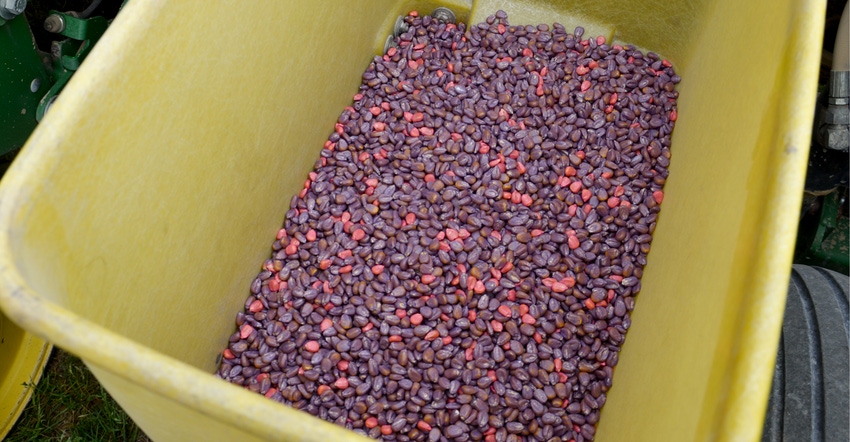May 1, 2019

I have both GMO-rootworm and non-GMO corn this year. Is it worth doing root digs for rootworms? If so, should I do it for both types or just the non-GMO? How do I do it?
The Indiana certified crop advisers answering this question are Jamie Bultemeier, A&L Great Lakes Labs, Fort Wayne; Troy Jenkins, agronomist with Ceres Solutions, Rochester; and Marty Park, Great Lakes Seed Service, Rensselaer.
Bultemeier: Both GMO-rootworm and non-GMO fields should be scouted for rootworm. Non-GMO fields need to be scouted to verify if GMO-rootworm corn or other rootworm control practices are needed going forward. Scouting of GMO-rootworm fields verifies effectiveness of control. The only way to know if you have a rootworm population and if your control methods are working is scouting.
Visual sampling for adults in continuous corn or use of sweep nets or sticky traps in soybeans and alfalfa the year before corn can identify fields at greater risk.
To look for larvae, a root float is in order. Randomly select 10 plants and use a shovel to dig a 7-inch cube of soil around the root ball. Place soil and roots in a bucket of clean water. Break apart the soil and wash the root mass. Small, white rootworm larvae will float to the surface. Record the number of larvae found in each root mass.
Jenkins: Doing rootworm digs on both GMO and non-GMO corn is worth the time. Doing digs might allow you to plan a rescue insecticide program, predict harvest issues, better prepare for rootworm beetle flights and develop the following season’s rootworm control strategy.
Digs on GMO and non-GMO corn, treated or untreated with a soil insecticide, should be performed. Insecticide resistance to organophosphate, carbamate and pyrethroid chemistries has been confirmed in several Corn Belt states, particularly in continuous corn. Doing digs could help determine insecticide efficacy and rootworm pressure. GMO corn has also experienced Bt-resistant rootworm in at least four states.
Larvae hatch occurs about the time we see the first lightning bugs. Follow these steps:
First, randomly dig five to 10 plants. Include whole root systems and soil around them. Visually inspect roots for thin, cream-colored larvae with brown heads.
Next, suspend the root system over a pan of water. Rootworms will fall into the water. Leave roots suspended over the water for 24 to 48 hours.
A rescue insecticide application would be warranted if two larvae were found on each plant by visual inspection and eight or more per plant were found in the water.
Park: In northwest Indiana, we’re seeing more adult rootworm beetles. Last year we saw several locations with lodging due to rootworm feeding in unprotected corn. I encourage growers to know what’s going on in their fields. In mid- to late June, perform root digs in corn that isn’t protected, especially on medium to heavier soils. I’m not sure I would do root digs in fields with rootworm traits unless I see significant damage in unprotected corn or see lots of rootworm beetle pressure.
Randomly sample 10 plants where you do digs. Put individual plants into a 5-gallon bucket of water and let them soak. Larvae float to the top. The economic threshold is eight worms per plant for this method. Wash roots and look for feeding scars.
Unfortunately, there’s no rescue treatment for rootworm feeding, but it’s always good to know what’s going on so you can make correct choices for the future.
You May Also Like




